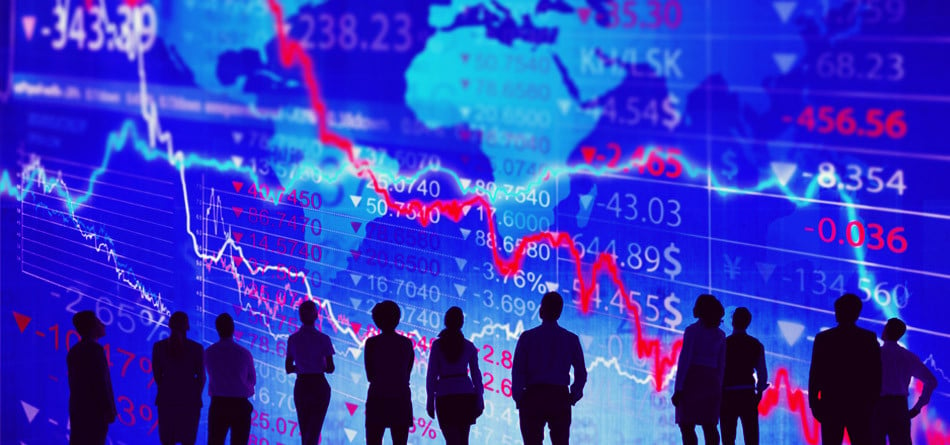For all the brouhaha about high-frequency trading, there is a growing consensus that it’s here to stay, and the issue before the markets is not whether to ban HFT, but how to weave it into the fabric of the financial ecosystem.
“Efficient markets are a positive for every investor and they help everyone from large institutions that are trying to trade to individual retail investors that are saving for retirement,” Bill Harts, CEO of Modern Markets Initiative, an advocate group for automated trading, told Markets Media. “I think the efficiency of markets is something that's gotten better and better over time. I look at that as a real positive.”
Conventional wisdom that says the buy-side in general is anti-HFT is not supported by the evidence, according to Harts. “I’ve been really encouraged by a lot of the buy-side comments that have been made by people like Cliff Asness from AQR and some of the largest institutional investors on Wall Street, who have talked about the benefits of high-frequency trading during this debate.”
Clifford Asness, founder of AQR Capital Management, which has $116 billion in assets under management, is an outspoken advocate of HFT.
“I believe that most asset managers trade cheaper, and their investors are thus better off, because highly efficient high-frequency traders have largely replaced the traditional high-priced market making of the past,” Asness wrote in an opinion piece. “HFT is how modern market making in a technologically advanced world is done, and there is no going back.”
High-frequency trading is a highly disruptive technology that has turned upside down traditional relationships between physical distance, time and information flow, according to Khaldoun Khashanah, a professor at Stevens Institute of Technology Financial Engineering Division.
Khashanah and colleagues advocate in a new study an “information transmission zoning" concept, whereby traders located within the innermost zone - defined as the zone wherein the trader receives prices prior to the general market - would be considered market makers and therefore be required to obey Securities and Exchange Commission (SEC) market maker regulations. Traders outside the zone could act as traders.
“Before us now are complex issues of how to regulate this unchartered territory of micro-second trading and the inter-relationships between space, time, information flow, market structure and trading rules," Khashanah said in a release.
Drawing this distinction would create a fair playing field with respect to the dissemination of price information without decreasing liquidity. Additionally, adopting this approach would require minimal financial information flow re-architecting, would build on the SEC's National Market System (NMS), and would not require any major change in regulation or regulatory authority, according to Khashanah et. al.
"The 'traditional' investor represents a, sizable, long-horizon portion of the equities market, while high-frequency trading is a transient component that can trigger substantial market instability,” said Khashanah. “Our research seems to offer a pragmatic solution where investors - whether high or low frequency; whether holding for milliseconds or years - can coexist in the same market while adhering to trading rules for access, fairness, and transparency.”
Feature image via Rawpixe/Dollar Photo Stock














